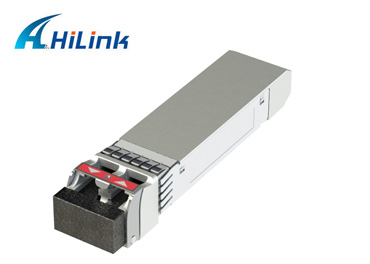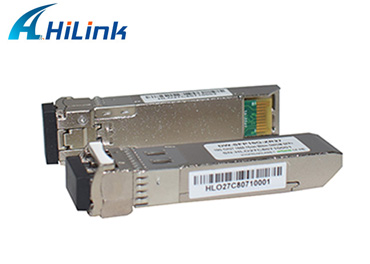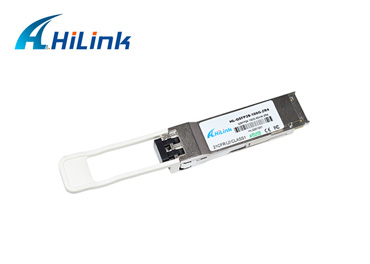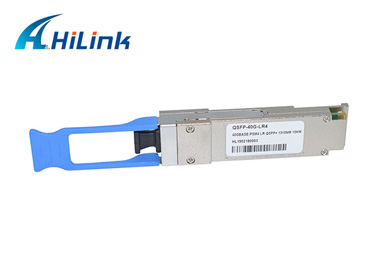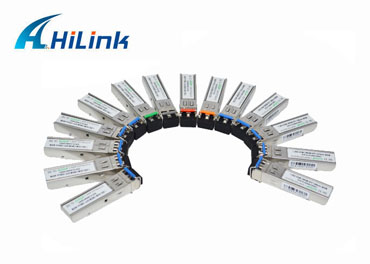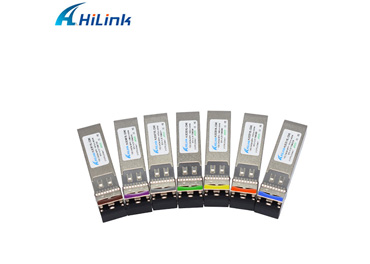How Do Compact Fiber Transceivers Compare?
Jan. 11, 2023
SFP, SFP+, QSFP and QSFP+ Transceivers
There are many factors to consider when building a fiber optic network. There are many different ways to approach optical communications, and each device has its own list of advantages and disadvantages. In modern, dense networks, a small form factor is always a necessity. Without such an interface, you simply cannot fit enough network components into the limited space that always limits network design. That's why so many form factors have emerged. This simple guide will help you understand the differences between SFP, SFP+, QSFP and QSFP+. With it, at least some of your networking decisions should be a little easier.
How do compact fiber optic transceivers compare?
There are four form factors that are more popular than others in the fiber optic connectivity space. The original version was the SFP, and changes and improvements to the concept have been integrated over the years. The following comparison still sees the four most used incarnations.
25GB SFP28 DWDM 20KM Transceiver
SFP
The acronym stands for "Small Form Factor Pluggable". As such, SFP connections are small and hot-pluggable. The connectors were originally designed to take up less space in a crowded network to achieve higher traffic density. They operate on LC interfaces and are half the size of the previous GBIC form factor. SFP transceiver modules support common interfaces such as SONET, Gigabit Ethernet, and Fibre Channel. They can manage traffic from 1 to 10 Gbps over copper and fiber optic cables. This makes SFPs one of the most versatile connectors on the market.
10G 1550NM 80KM SFP+
SFP+
SFP+ takes advantage of the SFP design and increases data capacity. SFP+ can still use copper and fiber optic cables, but it can achieve higher speeds. Data rates start at 10 Gbps, and in newer Fibre Channel designs, SFP connections can reach speeds of up to 32 Gbps.
Hilink 100G QSFP28 ZR4 Optical Transceiver
QSFP
Another extension of the original SFP concept, QSFP uses dual fiber pairs. q stands for "quad" and the extra pair allows for more powerful data transfer. the QSFP connectors are still small and hot-swappable, and still support both Ethernet and fiber. Added to the list of support is InfiniBand.
QSFP data rates of up to 1 Gbps per channel allow for higher throughput with 4X1 G cables and stackable network designs.
40GBASE-PSM4 10KM QSFP+ LR4
QSFP+
QSFP+ is the modern incarnation of QSFP. In most data centers, it has completely replaced its predecessor. QSFP+ can achieve speeds of up to 10 Gbps per line. This makes it a 40G connection type that still maintains the small size that is critical to many network designs.
The latest advancement in QSFP connectivity is the QSFP28, which extends the transmission rate per line and easily achieves throughputs in excess of 100G.
How do you choose between SFP, SFP+, QSFP and QSFP+?
Choosing the right connector is critical to building a network that works properly at an efficient price point. While it's not always easy to make a decision, there are a few considerations that can completely determine what you use.
How much traffic can your network handle?
As you just read, each form factor has a very different capacity. If you're running a high-end data center, you may need QSFP+ and maybe even QSFP28. For lower requirements, other form factors may be sufficient.
It is also important to anticipate traffic growth. Saving money and reducing capacity may feel good now, but if you have to make a major replacement in two years, no real savings will occur. Measuring the value of future-proof network equipment is always one of the hardest parts of design.
Dual Fiber 155m 4.25g SFP Transceivers
How long is your network?
SFP and all its variants are available for both singlemode and multimode fiber. Therefore, the physical length of the network may determine which mode you will use. Again, if all form factors support both modes, what does it matter?
It comes down to cost. If you must invest in higher-cost single-mode fiber, it may be prudent to reduce the size of the connector. Conversely, a shorter multi-mode network may make room in your budget for future validation and greater data capacity.
How hot is your network?
It's very simple math. Adding channels and data throughput increases the heat of the system. This is inevitable. Planning around cooling costs and heat management can help you determine when and where to invest in higher data rates or make cutbacks.
The variable forms of SFPs are easy to separate. Each has its own advantages and disadvantages, and they are still widely used today.
10G 1470NM-1610NM 40KM CWDM SFP+
About Transceiver Modules Supplier
Hilink is specialized in fiber optical products and networking solutions. Our main products are transceiver modules as QSFP, QSFP28, CWDM/ DWDM SFP/XFP. Our networking solutions are including FWDM, DWDM CWDM OLP, MPO AAWG, etc. In order to provide better service for our customers, we also supply other kinds of related fiber optical products. Our products and solutions are largely applied in cloudy computing, data center, networking access, and so on.
Hilink Product Guide
Active Optics A: (QSFP+, SFP+, XFP, SFP28, QSF28, Media converters, QSFP AOC)
Active Optics B: (6G SFP, 4G SFP, 2.5G SFP, 1.25G SFP, 1.25G GBIC, 622M, 155M )
Cables Interconnect (Active Optical Cable, Direct-Attach Cable DAC) EDFA, DCM Passive products (CWDM, DWDM MUX/DEMUX, AAWG, MPO/MTP, FWDM, Optical circulator, Isolator)
For more information about the fiber optic transceivers, welcome to contact us at +86 755 2335 7706 or write to us at info@hilinktech.com. We will be happy to help you out!









